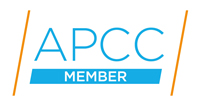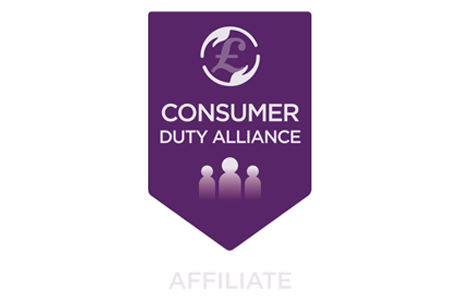Income Drawdown – moving with the times

Guest Blog Writer: Claire Bennison
9 January 2023One of these investment outcomes is income drawdown which has largely been stuck in standard industry practices for over 40 years. For example, a ubiquitous feature of retirement planning for clients has been the ‘glide path’ looking at the weightings of mainstream asset classes such as equity and fixed income based on a clients age. Although relevant, today, this could be considered a relatively blunt tool in constructing solutions to meet client outcomes.
One of several lessons 2022 reminded us of is that unexpected inflation potentially moves both realised and expected real returns lower. If you add into this taking income from a traditional fixed income/equity portfolio this can have a salient impact, as financing risk (being forced to sell assets before you choose to do so) to pay the required income can have a meaningful bearing on the wealth of a client’s portfolio.
So, 2023 offers a further opportunity of constructing portfolios using a broader range of investment vehicles that can more closely match the time diversification required with income drawdown, while also focusing more closely on a specific client outcome, for example, answering the question “what income is needed/wanted and when”. In looking to answer this question we utilise a three-pronged portfolio outlook as we start to find solutions to a key risk from a retirement perspective, namely the uncertainty income drawdown creates.
If you construct multiple portfolios to address the drawdown requirement, you can clearly align the suitability objective with the investment construction. The first and third portfolio can be considered more traditional. Portfolio 1 can be cash/short term money management usually with a time horizon of around 2 years. The third portfolio can be constructed using traditional assets, for example, an equity and fixed income mix based on the risk profile, not age of the client. Portfolio 3 would usually have a longer-term time horizon, for example, over 7 years and focused on achieving growth. For the 2- and 7-year horizon Portfolio 2 comes into effect. This portfolio can be constructed with defined return structured investments that look to provide the income required on a rolling basis. These complex investments have an advantage over either Portfolio 1 or Portfolio 3 in that the investment does not have to rise in value for you to get a positive return. In most cases there is a ‘soft protection’ level against the equity markets they are referenced on, that provides the opportunity of positive returns (these returns are fixed at outset) even if equity markets are lower (but above their soft protection barriers) at the time of maturity. There are other risks to consider in this Portfolio 2 such as counterparty risk but constructing a portfolio in this manner helps meet the question “what is needed and when” whilst also providing more certainty in achieving the client outcome as well as having the flexibility of changing client circumstances.
Moving away from blunt strategies is likely to become more important during 2023 and beyond. This is especially relevant when we move into the new tax regime with reduced income and capital gains tax allowances. Being aware of potential gains (the capped returns of the structures) can help ongoing tax management for the taxable wrappers.


